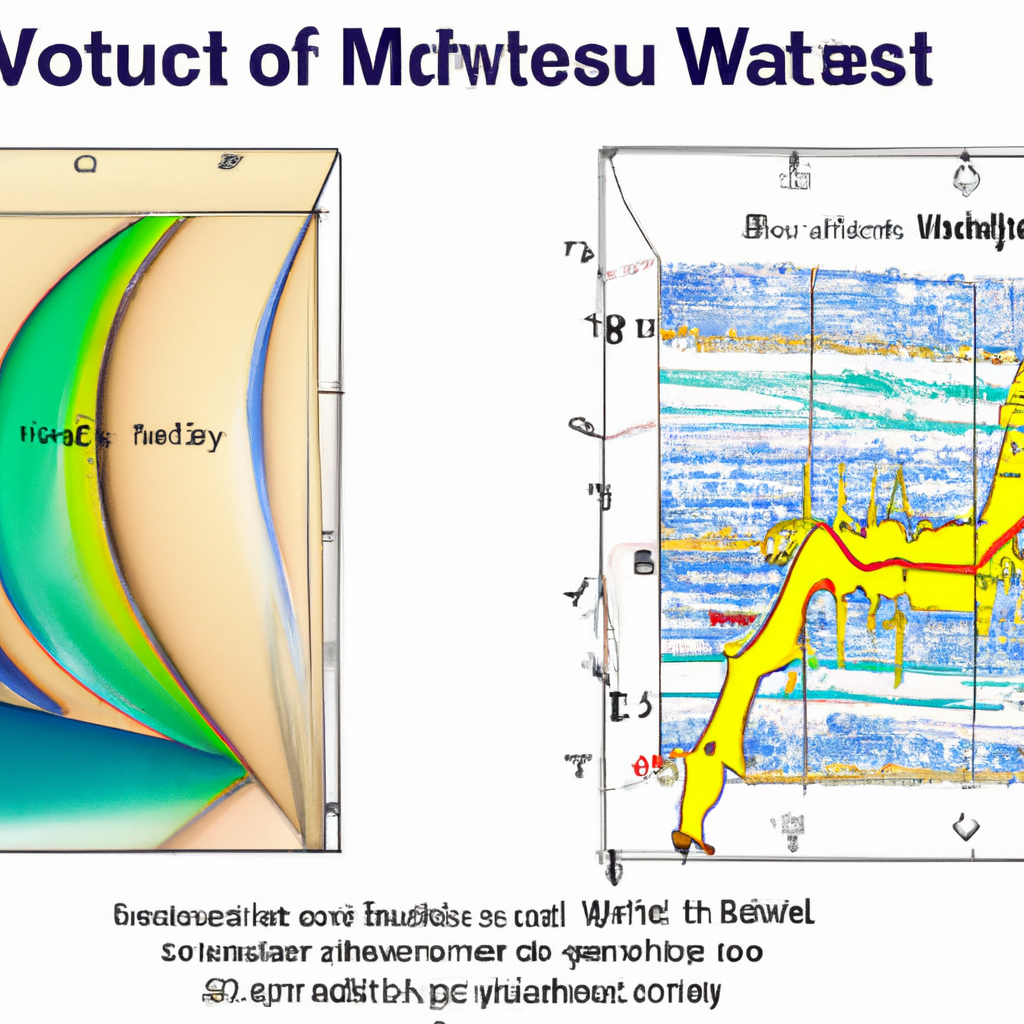
Understanding Elliott Wave forecasting models
Elliott Wave forecasting models are a popular method used by traders and analysts to predict future price movements in financial markets. Developed by Ralph Nelson Elliott in the 1930s, this technique is based on the idea that market prices move in repetitive patterns or waves.
How do Elliott Wave forecasting models work?
According to Elliott Wave theory, market prices move in a series of five waves in the direction of the main trend, followed by three corrective waves. These waves are labeled as impulse waves (1, 3, 5) and corrective waves (2, 4).
Traders use this pattern to identify potential entry and exit points in the market. By analyzing the waves and their relationships to each other, traders can make informed decisions about when to buy or sell assets.
Key principles of Elliott Wave forecasting models
- Wave principle: The market moves in a series of five waves in the direction of the main trend, followed by three corrective waves.
- Fibonacci ratios: Elliott Wave theory suggests that market movements follow Fibonacci ratios, such as 0.618 and 1.618, which can be used to predict potential price targets.
- Wave degrees: Waves are classified into different degrees, ranging from Grand Supercycle to Subminuette, based on their size and duration.
Benefits of using Elliott Wave forecasting models
There are several benefits to using Elliott Wave forecasting models in trading and analysis:
- Objective analysis: Elliott Wave theory provides a structured framework for analyzing market movements, allowing traders to make objective decisions based on patterns and rules.
- Forecasting potential price targets: By identifying wave patterns and Fibonacci ratios, traders can forecast potential price targets for assets, helping them set profit targets and manage risk.
- Timing market entries and exits: Elliott Wave theory can help traders identify optimal entry and exit points in the market, improving their chances of making profitable trades.
Challenges of using Elliott Wave forecasting models
While Elliott Wave forecasting models can be a powerful tool for traders, there are some challenges to consider:
- Subjectivity: Interpreting wave patterns and relationships can be subjective, leading to different conclusions among analysts.
- Complexity: Elliott Wave theory can be complex and require a deep understanding of wave patterns and market dynamics, making it challenging for beginners to grasp.
- Market noise: Market movements can be influenced by various factors, leading to unexpected price fluctuations that may not align with Elliott Wave patterns.
Conclusion
Elliott Wave forecasting models are a valuable tool for traders and analysts looking to predict future price movements in financial markets. By understanding the key principles of Elliott Wave theory and its benefits and challenges, traders can make informed decisions and improve their trading strategies.





